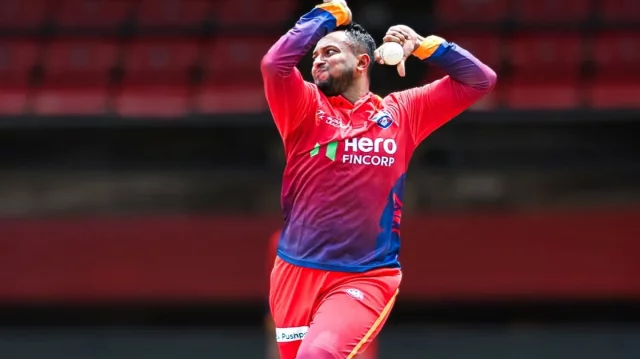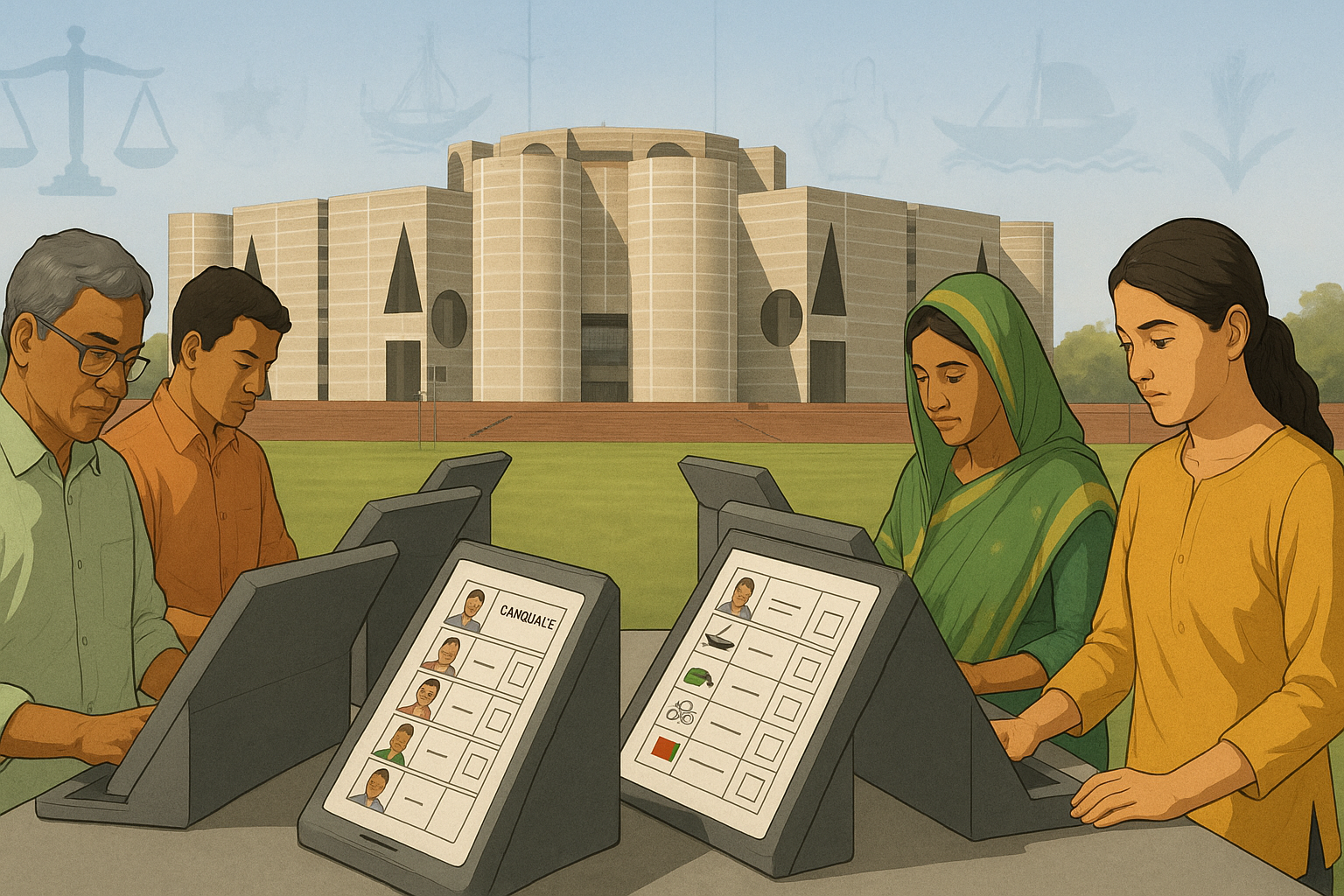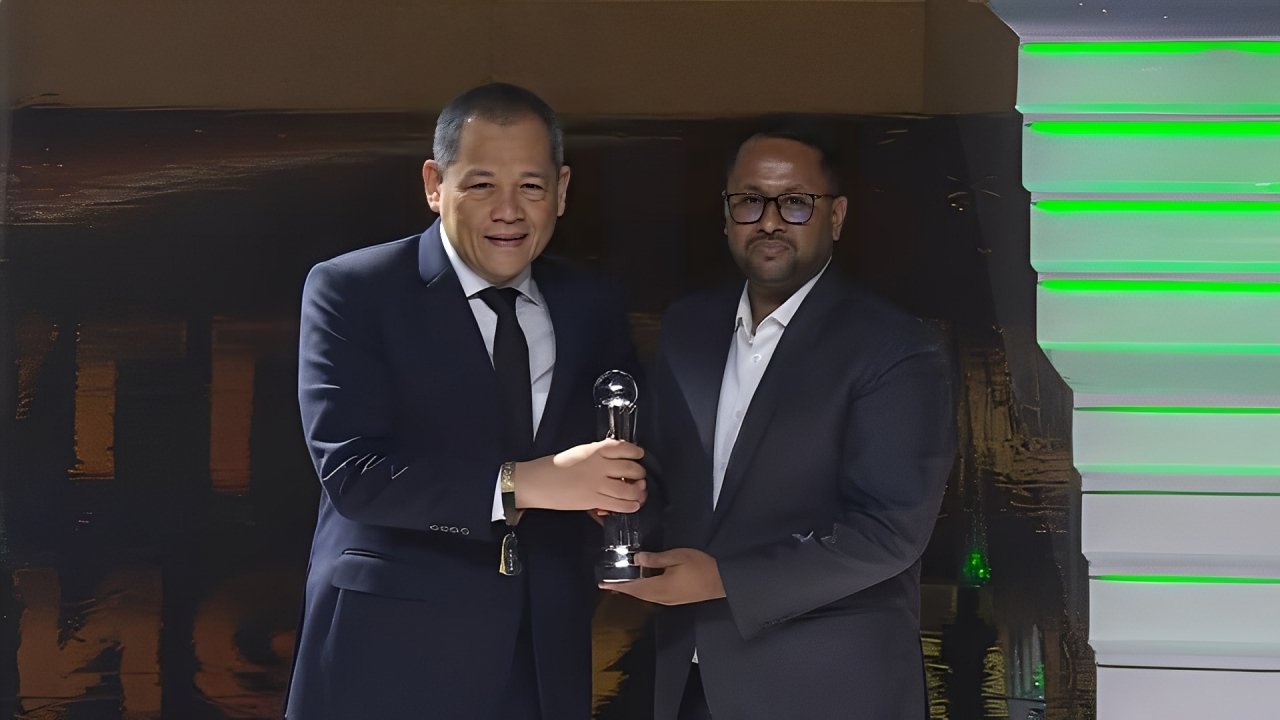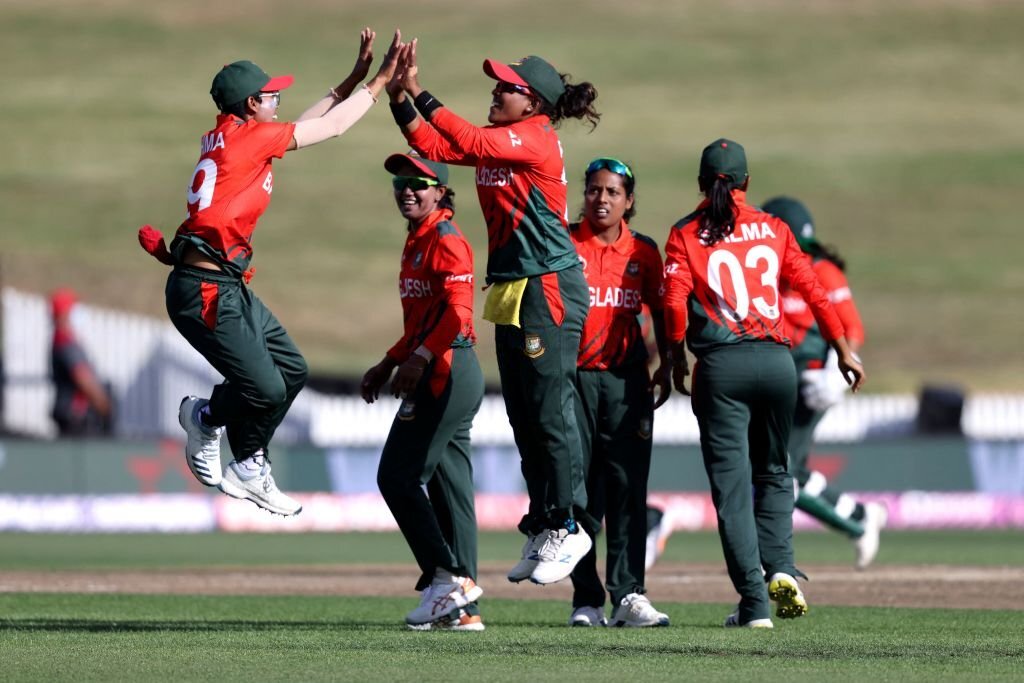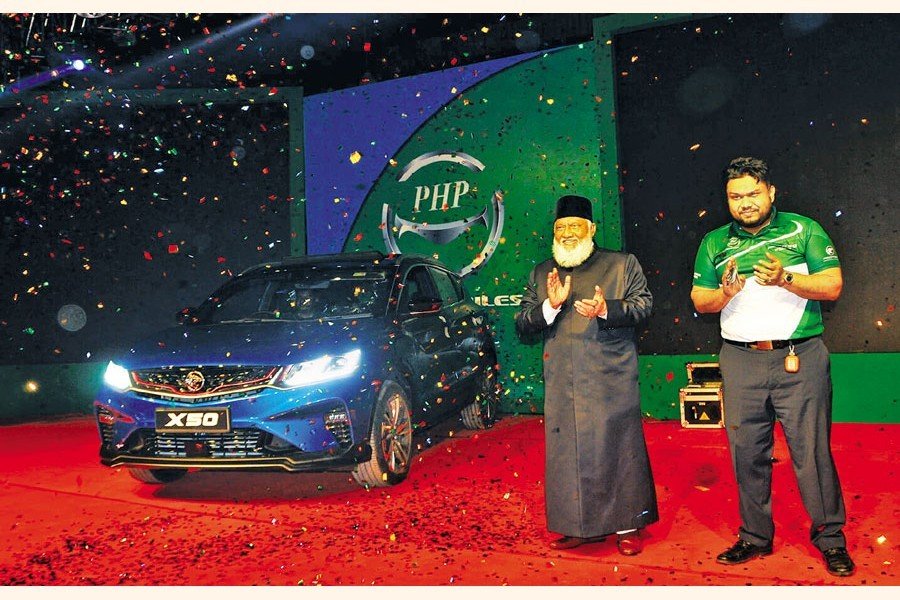RUET Team Racing Car Impresses at Formula SAE Japan 2025
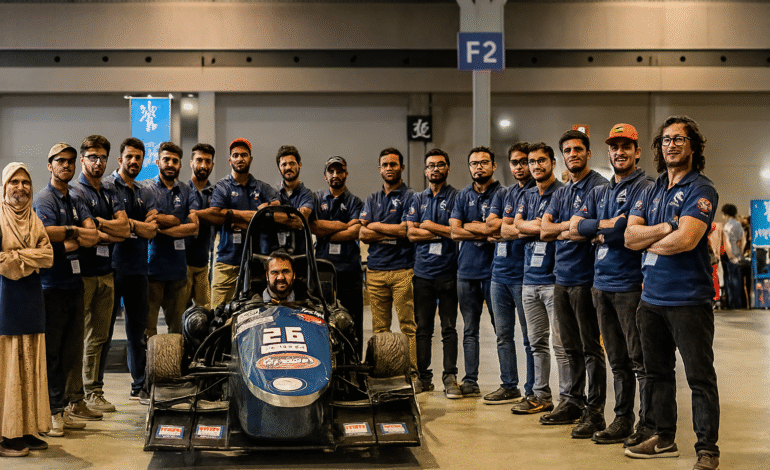
- PublishedOctober 13, 2025
RUET Team Racing Car Shines at Formula SAE Japan 2025
A proud moment for Bangladesh as a group of engineering students forming RUET team racing car, built by Rajshahi University of Engineering & Technology’s Team Cracking Platoon, competed successfully in Formula SAE Japan 2025 held in Tokoname city, Japan. (“RUET team with Racing Car in Japan”)
The electric prototype, named CP-Asterion, marked Bangladesh’s presence on the global motorsport stage. The team’s journey, spanning over a decade, reflects vision, perseverance, and the aspiration to show that with limited resources, Bangladeshi engineers can stand among international competitors.
From Dream to Track: The Journey of Team Cracking Platoon
The idea that led to the RUET team racing car took shape in 2015 when a group of engineering students at RUET decided to attempt something unprecedented in Bangladesh. While many saw it as unrealistic, these students were driven by a shared dream: to build a formula racing car that could compete internationally.
In 2016, they first tested their resolve by competing in a Quad Bike Challenge in India. A year later, they made their debut in Formula SAE Japan. Over the years, they refined their design, learned from failures, and even built Bangladesh’s first electric formula car in the 2019 edition of the competition.
For the 2025 event, the team spent more than a year in rigorous preparation. About 60 students were involved in design, fabrication, testing, and documentation; 27 traveled to Japan, along with a faculty advisor. Each subsystem—from the battery and motor to the safety circuit—had a dedicated set of team members.
The Car: CP-Asterion’s Technical Highlights
The RUET team racing car, CP-Asterion, integrates high-performance components with smart design. Its frame is composed of fiberglass exterior—lightweight yet sturdy—combined with aerodynamic enhancements such as wings and balance surfaces to ensure stability under high speed.
Powering the vehicle is a Tesla battery module, augmented by a PMSM (permanent magnet synchronous motor). Safety measures conform to international standards, ensuring driver protection in various scenarios. During testing and the competition, the car passed both the electrical inspection and technical inspection—a milestone for Bangladeshi teams.
Though the vehicle did not dominate the race standings, Team Cracking Platoon secured 18th place overall and won third place in the PR Awards category. The team became the only South Asian team in the competition, standing alongside entries from Germany, Japan, the U.S., and other advanced engineering institutions.
Challenges Faced & Lessons Learned
Building a competitive RUET team racing car from Bangladesh came with its share of obstacles. Students worked from dawn till night in RUET’s workshops, balancing academic exams, financial constraints, and technical hurdles.
Securing manufacturing resources, importing specialized parts, and meeting strict safety and design regulations added layers of complexity. In particular, meeting international compliance standards for inspection and performance was a key hurdle—but the team succeeded, passing both major technical checks in Japan.
Beyond the mechanical and logistical challenges, the project demanded intense coordination, planning, and documentation. Captain Sadman Sakib and his teammates credit teamwork, planning, and proper documentation as essential ingredients in their success.
Significance & National Impact
The story of the RUET team racing car resonates beyond motorsports. It demonstrates that Bangladeshi youth, given opportunities and guidance, can compete at the highest levels of engineering and innovation.
Their journey is an inspiration for engineering students across Bangladesh. It sends a message that motorsports, automotive engineering, and advanced technologies are not beyond reach—even in resource-constrained settings.
By participating internationally, Team Cracking Platoon also raises Bangladesh’s profile in the global academic and technical community. Success stories like theirs can boost interest in engineering disciplines, encourage institutional support, and attract sponsorship for future technological projects.
The Road Ahead: Strengthening Bangladesh’s Motorsport Ecosystem
For the RUET team racing car program to sustain impact, broader support is essential:
Institutional backing: Universities, engineering faculties, and government bodies should provide funding, workshop facilities, and access to manufacturing and testing infrastructure.
Industry partnerships: Collaboration with local and international automotive firms could provide access to parts, materials, and mentorship.
Curriculum integration: Embedding hands-on engineering projects like racing car design into undergraduate programs can nurture practical skills early.
Public awareness & media support: Highlighting successes in media can attract sponsors, corporate interest, and wider recognition for motorsports in Bangladesh.
Regional participation: Competing in regional events (e.g., Asia Pacific formula series) would help teams gain more experience and scale their competence.
If Bangladesh can build a sustainable motorsport ecosystem anchored by university teams like RUET’s, future editions may see better results and deeper technical innovation.
The RUET team racing car journey, culminating in participation at Formula SAE Japan 2025, stands as a testament to ambition, perseverance, and the power of youth in Bangladesh. While the 18th ranking may not grab headlines, the impact of CP-Asterion and its designers lies in the doors it opens and the minds it inspires.
In the race of innovation, it’s not just about speed but vision—and Team Cracking Platoon’s story proves that with grit, resourcefulness, and teamwork, Bangladeshi engineers can navigate tracks once considered out of reach.

